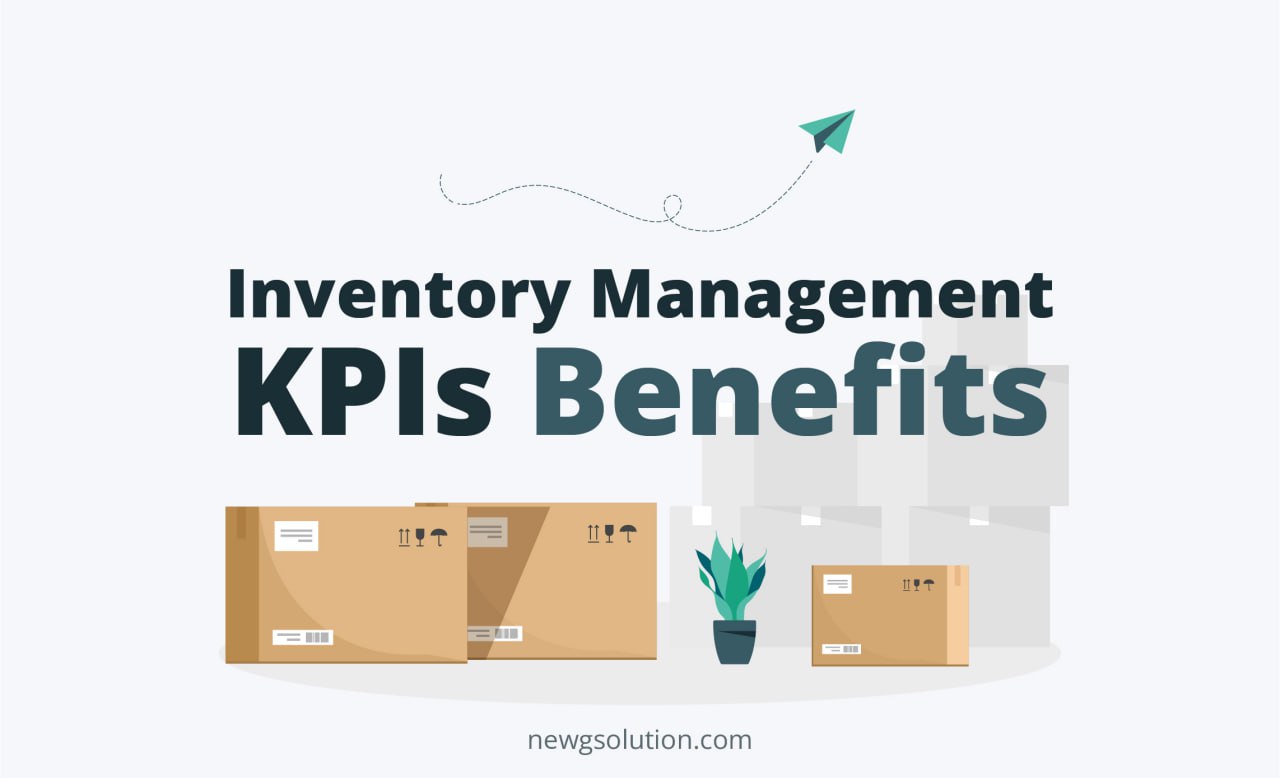Inventory Management KPIs and Metrics: Essential Tips for Success
Inventory Management
LAST UPDATE: MAY 26, 2023
5 minutes reading
Effective inventory management is crucial for the success of any business that deals with physical products. Without proper inventory management, a company risks overstocking, understocking, stockouts, and other issues that can lead to lost sales, increased costs, and decreased customer satisfaction. To keep your inventory under control and optimize your operations, you need to track and measure inventory management KPIs and inventory management metrics that provide insight into your inventory levels, turnover, accuracy, and more. Here are some essential tips to help you choose and use the right inventory management KPIs and metrics for your business.
What Are Inventory Management KPIs and Metrics?
inventory management KPIs (Key Performance Indicators) and metrics are measurable values that help businesses track and assess their inventory performance. They provide insight into various aspects of inventory management, such as inventory levels, turnover, accuracy, cost, and customer service.
How to Choose Inventory Management KPIs?
Choosing the right inventory management KPIs (Key Performance Indicators) is critical to effective monitoring and managing your inventory levels, improving efficiency, and optimizing your operations. Here are some steps to help you choose the right inventory management KPIs:
- Define your business goals and objectives: The first step in selecting inventory management KPIs is to understand your business goals and objectives. Your KPIs should align with your overall business strategy and help you measure progress toward achieving your goals.
- Identify your primary inventory challenges: Identify the main challenges you face in managing your inventory, such as stockouts, overstocking, low inventory turnover, inaccurate inventory records, or high carrying costs. Your KPIs should focus on measuring and improving these areas.
- Consider your industry and business model: Different industries and business models may require different inventory management KPIs. For example, a retail business may need to focus on the sell-through rate, while a manufacturing business may need to focus on production cycle time.
- Research industry benchmarks: to determine how your business compares to others in your industry. This can help you identify areas where you may need to improve and choose relevant KPIs to measure.
- Prioritize actionable KPIs: Choose KPIs that are relevant, meaningful, and actionable. Focus on KPIs that you can influence and that provides you with real-time information to help you make data-driven decisions.
- Simple is best: Keep your key performance indicators manageable.. Focus on a few key metrics that are most important to your business and that can help you achieve your goals.
By following these steps, you can choose inventory management KPIs that are tailored to your business needs and help you improve your inventory management processes.
Inventory Management KPIs Benefits
Inventory management KPIs (Key Performance Indicators) provide numerous benefits to businesses that want to optimize their inventory management processes and improve their overall performance. Here are some of the main benefits of using inventory management KPIs:
Better Inventory Control:
Inventory management KPIs help businesses gain greater visibility and control over their inventory levels, ensuring that they have the right amount of inventory on hand to meet customer demand without overstocking or running out of stock.
Increased Efficiency:
By tracking inventory management KPIs, businesses can identify inefficiencies in their inventory management processes and take corrective action to improve efficiency, such as reducing lead times or improving order accuracy.
Cost Savings:
Inventory management KPIs can help businesses reduce costs associated with carrying too much inventory, overordering, stockouts, and other inventory-related issues. By optimizing inventory levels and improving processes, businesses can save money on storage, handling, and other expenses.
Improved Customer Service:
Inventory management KPIs help businesses ensure that they have the products customers want when they want them, improving customer satisfaction and loyalty. By reducing stockouts and improving order accuracy, businesses can also reduce the risk of returns and customer complaints.
Data-Driven Decision-Making:
Inventory management KPIs provide businesses with real-time data on their inventory performance, allowing them to make informed decisions based on actual data rather than guesswork or intuition. This can help businesses avoid costly mistakes and make better decisions for their business.
5 Inventory KPIs to Keep Track Of:
Inventory Turnover Rate:
This key performance indicator assesses a company’s ability to turn over its stock of goods fast. A high inventory turnover rate indicates that a business is efficiently managing its inventory, while a low rate may suggest that a business is overstocked or has slow-moving inventory.
Stockout Rate:
This KPI measures the percentage of time a business runs out of stock for a particular product or SKU. A high stockout rate can lead to lost sales and dissatisfied customers, while a low rate can improve customer satisfaction and retention.
Carrying Cost of Inventory:
This KPI measures the cost of holding inventory, such as storage, handling, insurance, and depreciation. A high carrying cost of inventory can eat into a business’s profits, so it’s important to keep this KPI as low as possible.
Order Lead Time:
This KPI measures the time it takes for a supplier to fulfill an order. A long lead time can lead to stockouts and delays in fulfilling customer orders, so it’s important to monitor and minimize this KPI.
Accuracy of Inventory Records:
This KPI measures the percentage of inventory that is accurately recorded in a business’s system. Inaccurate inventory records can lead to overstocking, stockouts, and other inventory-related
The Benefits of Using New G Solution’s Inventory Management Software
One of the key benefits of using New G Solution’s Inventory Management Software is its ability to automate data collection and analysis. The software integrates with a variety of data sources, including ERP systems, point-of-sale systems, and barcode scanners, allowing businesses to collect and analyze inventory data in real time. This reduces the risk of errors associated with manual data entry and allows businesses to react quickly to any issues that arise.
In conclusion, New G Solution’s Inventory Management Software is an excellent tool for businesses looking to simplify their inventory management KPIs and metrics. With its user-friendly interface, robust features, and advanced forecasting capabilities, New G Solution can help businesses optimize their operations, reduce costs, and improve customer satisfaction. Contact Us!!




Recent Comments